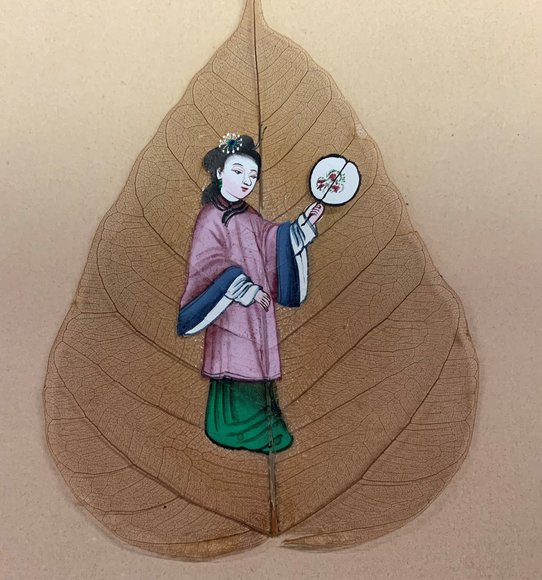
LARIVIERE, Achille (EN)
Biographical commentary
Achille Vincent Larivière, born in Agen on July 21, 1814, is the son of Etienne Larivière, chief secretary to the municipality, and his wife, Jeanne Laboulbène (AD47, 4E/1/45/62v°). After his studies at the boys' college of his town (now Chaumié College, Agen), he became a student of health and pursued a career in this field.
Specializing in the health of the armies, he practiced as a student surgeon at the military hospital of Metz in 1832, then at that of Perpignan in 1837 (ANDRIEU J., 1887, p.56-57).
As an assistant major in the 56th line regiment in Batna (Algeria) in 1840, he was then promoted to second class medical officer in 1853 in the 22nd line regiment.
Attached to the hospitals in Constantinople during the Eastern War, he was recognized for his kindness and probity.
He received the Knight's Cross of the Legion of Honor on September 14, 1855 (LH//1483/49).
Promoted to the first class of his rank, he took part in the China expedition (1859-1860) and in the capture of Peking on October 5, 1860, which earned him the rosette of officer. His trip gave him the opportunity to become interested in Far Eastern medical practices to the point of writing a Study on Medicine in China (Journal de médecine de Bordeaux, 1863).
He was awarded a silver medal by the National Academy of Medicine in 1862, with two repeat awards in 1865 and 1868, and was awarded the gold medal of the Scientific Association of France in 1865.
He wrote other scientific works, such as the Rapport sur un mémoire de M. le baron Larrey sur la trépanation du crâne dans les lésions traumatiques de la tête in 1867.
After his numerous trips and posts, he settled in Bordeaux as a senior physician of 2nd class at the military hospital in 1865, then of 1st class in 1869, which did not prevent him from directing the ambulances during the Franco-Prussian conflict.
He was a member of the Society of Medicine and Surgery of Bordeaux, then its head in 1872. He retired in 1874 and went to Agen.
His ever-awakening curiosity led him to join the Society of Agriculture, Sciences and Arts of Agen, of which he became president a few weeks before his death, at the age of 64, in his home in Agen at 12, rue Roussanes on March 6, 1878 (AD47, 4E/1/111/32r°).

Constitution of the collection
His career as a military doctor led him to build up a heterogeneous collection, estimated at 384 items shortly after his entry into the museum of Agen, in the pure tradition of the cabinets of curiosities, mixing naturalia (minerals, shells) and European objects (medals, prehistoric objects), North African (weapons and pottery from the Maghreb), pre-Columbian and Asian. During his expedition in China, he gathered "honestly acquired art objects", at the same time as "the germs of the chest disease which was to advance his end" (Magen A. and Tholin G., 1878, p.173).
Doctor Larivière lent "Modern Chinese Potiches" (exhibition booklet, n°182, p.85), "a jade cup" (ibid., n°226, p.90) and "thirty Chinese objects: vases, bronzes and curiosities" (ibid., vitrine N, n°462, p.116) to the exhibition of paintings, objets d'art and antiques, organized in 1863 on the fringe of the regional competition.
The Asian collection is composed of ivory, terracotta and stone statuettes, boxes, lacquer boxes, flasks, porcelain dishes, cloisonne vases, objects of daily life, such as shoes, decorated chopsticks, writing brushes, and gouaches on rice paper.
Pair of shoes for bandaged feet [inv. 878.1.4(1) and 878.1.4(2)
Cases for long nails [inv.878.1.103 and 878.1.104]
Gouache on mulberry leaf (representation of a couple) [inv. 878.1.246(1) and 878.1.246(2)]
Gouache on rice paper (representation of junks) [inv. 878.1.271(4)]
Ruyi scepters [inv. 878.1.253 and 878.1.254]
Terracotta statuette [878.1.340]
Pair of Kutani porcelain vases [inv. 878.1.214 and 878.1.216]
The municipal council of the city of Agen accepted the bequest by deliberation on August 3, 1878 (PMA/1D/26/363).
The transfer of the collection was assured by Victor Larivière, parish priest of Sérignac (canton Laplume, Lot-et-Garonne), and Adeline Larivière, widow Capdeville, brother and sister of the donor.
The ensemble was presented in a dedicated room of the museum from the time it opened to the public in 1880.
The 1922 museum guide describes the presentation and contents:
"The showcases in the Larivière room contain, the first on the left, the collection bequeathed by Dr. Larivière, which includes objects brought from the Far East and mainly from China. It consists of cloisonné enamels, bronzes, porcelains, jades, lacquer, ivory and wood carvings, and paintings on silk and rice paper.
Some of these ancient pieces are of great value because of their artistic merit, their style or their manufacture according to processes that are now abandoned. Of particular note in the center are two very valuable cloisonné mandarin command sticks and a vase with its lid from the summer palace, carved red lacquer boxes, and a series of artistically remarkable decorative watercolors. Among the ivories, it is curious to see several figures dressed in French style (17th century); this is a souvenir of the embassy sent by Louis XIV to China. (RECOURS L., 1922, p.20-21).
His successor as president of the Society of Medicine and Surgery of Bordeaux, Jean François Blade, specified in his will that the objects bequeathed and brought back from China had been "honestly acquired", i.e. purchased and were not the result of looting committed by French troops during the sacking of the summer palace and temples of the Chinese capital.
Dr. Larivière's very heterogeneous collection was presented in its original display cases in the first museum, which subsequently left the rooms at the beginning of the 20th century. The Oriental collection was put back into storage (1958) to be devoted to fine arts and archaeology. Most of it has yet to be studied.


Notices liées
Collection / collection d'une personne

Personne / personne
